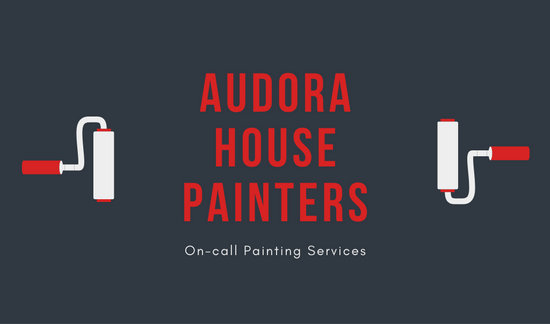Weather Conditions And Their Influence On Your Exterior Painting Job
Weather Conditions And Their Influence On Your Exterior Painting Job
Blog Article
Authored By-Mclean Handberg
Comprehending just how weather can influence the end result of an external painting undertaking is critical for achieving a flawless finish. From temperature level changes modifying paint bond to humidity levels affecting drying out times, each element of climate plays a substantial role in the success of your project. In addition, wind speed and rainfall can present unanticipated challenges that might endanger the quality of the result. As facility painting browse with the nuances of climate's impact on outside paint, it becomes evident that meticulous preparation and critical timing are crucial for guaranteeing a professional and long lasting end result.
Ideal Temperature Range for Painting
When taking into consideration outside painting projects, the optimal temperature variety plays an essential function in attaining optimum results. Paint in the appropriate temperature problems makes sure that the paint adheres effectively to the surface, dries out evenly, and cures properly. Normally, high-scale residential painting recommended temperature array for exterior paint is between 50 to 85 degrees Fahrenheit.
Painting in residential brick listed below 50 levels Fahrenheit can bring about problems such as poor paint attachment, extended drying out times, and a boosted probability of splitting or peeling off.
On the other hand, painting in temperatures over 85 levels Fahrenheit can create the paint to dry as well swiftly, bring about blistering, bubbling, and an irregular surface.
To attain the best results, it is important to examine the weather report before starting an outside painting task. Preferably, aim to repaint throughout light weather conditions with modest temperature levels and reduced moisture degrees.
Results of Humidity on Paint Drying
Moisture degrees substantially impact the drying out procedure of paint put on exterior surface areas. High moisture can prolong the drying time of paint, leading to potential problems such as trickling, spotting, or perhaps the development of bubbles on the repainted surface. Excess moisture in the air slows down the evaporation of water from the paint, preventing the treating procedure. This is especially problematic for water-based paints, as they rely on evaporation for drying out.
On the other hand, reduced humidity degrees can also affect paint drying. Exceptionally dry conditions may cause the paint to completely dry also rapidly, bring about bad adhesion and a rough coating. In such instances, including a paint conditioner or splashing a great mist of water airborne can assist control humidity levels and improve the paint result.
To ensure optimum drying conditions, it is advisable to paint when the humidity levels range between 40% and 50%.
Monitoring moisture degrees and taking proper actions can assist accomplish a smooth and sturdy paint coating on exterior surfaces.
Wind and Precipitation Factors To Consider
Wind rate and rainfall are important aspects that substantially impact the success of an exterior paint project.
When it involves wind, both rate and instructions are important factors to consider. High wind rates can trigger paint to completely dry as well promptly, resulting in a subpar finish with prospective issues like splitting or uneven texture. Additionally, wind can carry debris that may stick to the wet paint, resulting in blemishes. Consequently, painters ought to aim to deal with days with light to moderate winds for optimal paint conditions.
On the other hand, rainfall, whether rainfall or snow, can be very harmful to the outcome of an external paint project. Dampness from precipitation can hinder paint adhesion, causing peeling off and bubbling over time. It is crucial to avoid painting throughout stormy or snowy climate to guarantee the durability and quality of the paint job. Painters need to additionally enable adequate time for the surface to dry completely after any kind of precipitation prior to starting or resuming the paint procedure.
Verdict
Finally, weather conditions play a significant function in the result of an exterior painting job. The suitable temperature range, humidity degrees, wind rate, and rainfall all contribute to the success or failure of the paint work.
It is necessary to think about these variables and strategy as necessary to make certain correct paint adhesion, drying out times, and general top quality of the ended up item.
